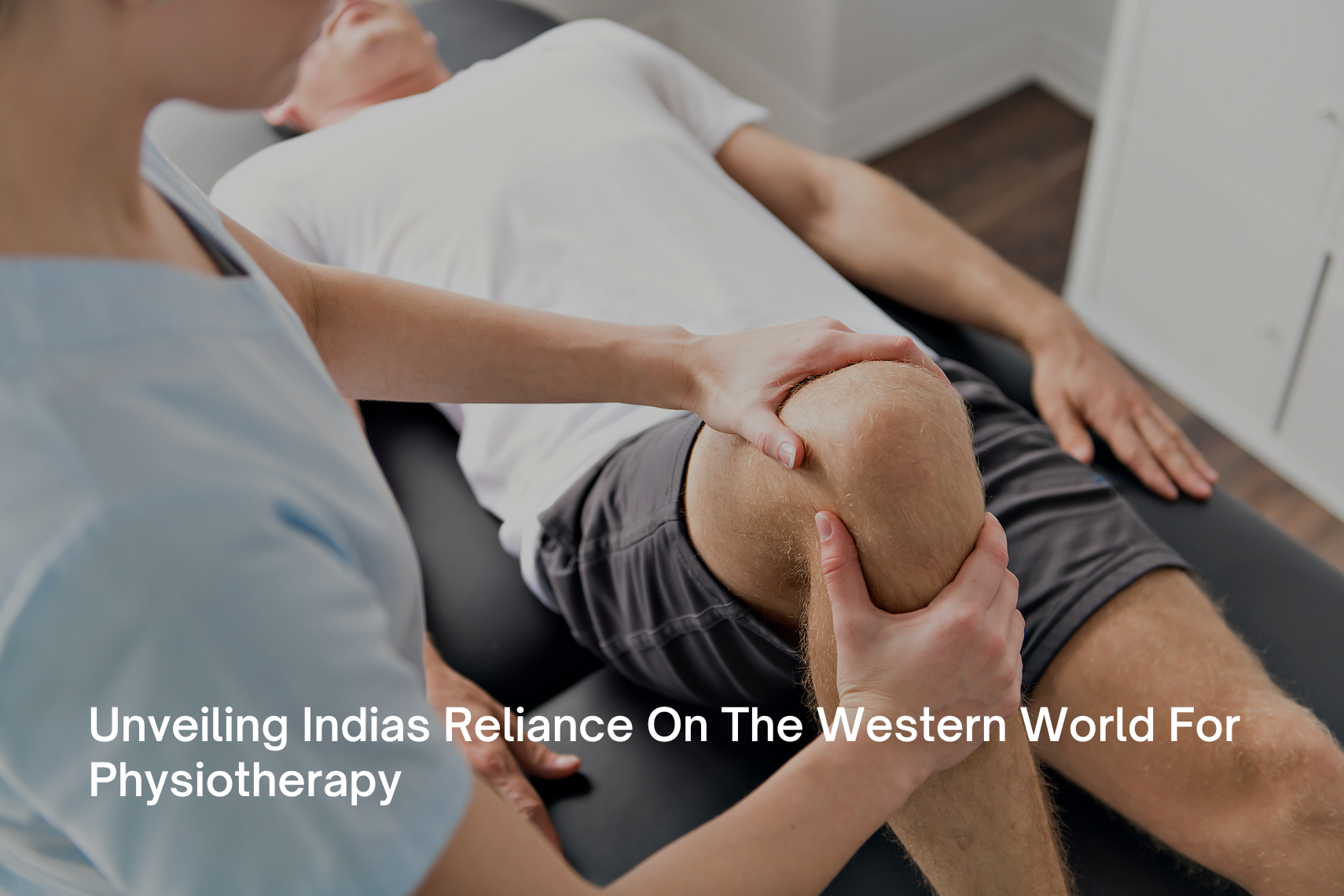
Within the last few years, we have seen the revival in curiosity of ancient Indian healthcare practices – the most famous being Ayurveda. It’s fair to say people have even been enchanted by patriotism to such an extent that they want India to top every important list. And while we have made progress in many avenues, there is one place we’ve left ourselves behind – healthcare and specifically, physiotherapy.
While the first accounts of physiotherapy in India are as old as 600 BC, physiotherapy as a full-fledged medical profession is merely 70 years old. And even in this considerable duration, it has failed to command the respect it deserves.
All day-to-day cases border rehabilitation, pain relief and improving mobility – most of which we dismiss as minor discomforts. Until it starts taking a toll on us. This dismissiveness is one rather naive reason why the investment into this field is so less. Physiotherapy has never struggled with inadequate research more than now, especially considering the huge capital other divisions of healthcare receive.
The lag in domestic production of equipment and manufacturing capabilities is the reason why most physio clinics need to rely on western products today. From electronic simulation machines, ultrasound therapy units to laser devices, most of these basic diagnostic medical instruments have to be imported. In fact, some foreign manufacturers have built a strong presence by clever collaboration with local distributors to discourage new indigenous competition.
The Indian medical equipment market was valued at $11B in 2020 and is expected to grow to $50B in 2025, dominated by imports. Still surprised that one physio session costs around Rs.1500?
Unfortunately, equipment is just one half of the story. Turns out, the typical Indian physiotherapy curriculum is outdated too.
An outdated curriculum brings with it its own set of cons. First, most graduates will look to pursue higher studies abroad to stay relevant in their field. According to a report by the Indian Journal of Orthopaedics, about 60% of physio graduates have expressed this desire. Already facing an internal scarcity of physios, this brain drain strains India’s medical tourism too, which stood at $3B in 2020.
But how do we reduce this dependence, especially when we lack the current required manufacturing capability?
It begins with research. While updating curriculum is important and urgent, it’s not a humongous task to update to international standards considering the small strength of physiotherapy institutes. However, India’s contribution to research cannot stagnate at 2.5% when western countries contribute 75%! To stay relevant and even set the standard, we need to contribute to its development.
And while that’s a start, another avenue is encouraging the incubation of domestic startups that’ll help improve local equipment manufacturing. Since 2022, India has seen a 20% increase in the rise of health tech startups, some of which have heavily contributed to physiotherapy. And yes, that includes us at Ashva too!
Collaboration between India and the west is necessary but depending on them shouldn’t be. As we look forward to modernizing our healthcare to better cater to the needs of our citizens, let’s make sure it doesn’t happen at the expense of our ingeniousness!
